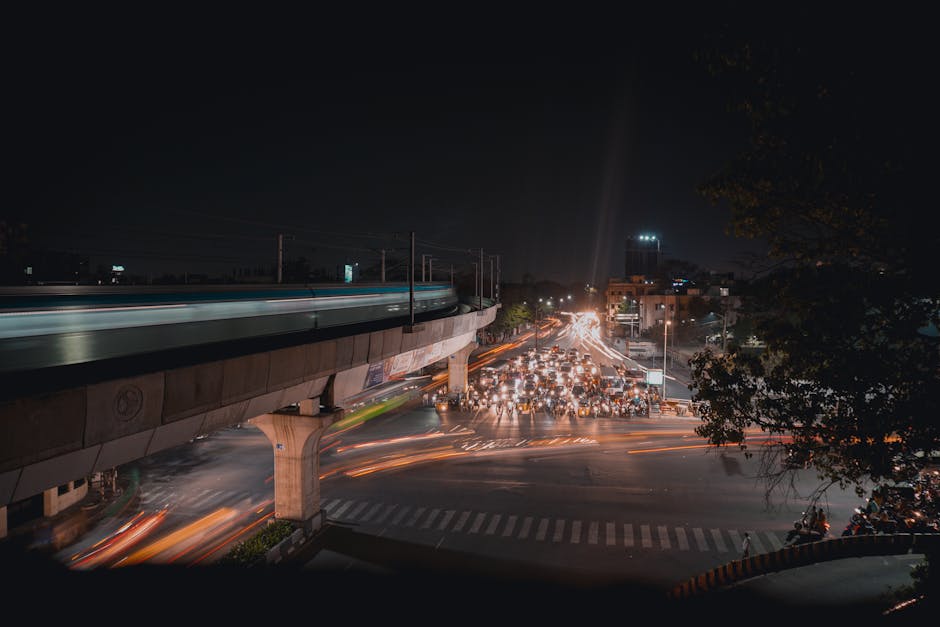Just when we thought the era of mandated Work From Home was a ghost of the pandemic past, Delhi’s toxic air has dragged us right back. With the sky shrouded in a murky, grey haze and the Air Quality Index (AQI) firmly in the ‘Severe+’ category, authorities have hit a familiar emergency button.
The Commission for Air Quality Management (CAQM) has implemented Stage IV of the Graded Response Action Plan (GRAP), forcing a major change for millions of commuters. Offices in the national capital and surrounding NCR cities must now operate at 50% strength, with the other half of employees working from home.
GRAP Stage IV: Why the 50% WFH Rule is Back
The order is a desperate, albeit necessary, measure to combat the city’s apocalyptic air quality. An AQI in the ‘Severe+’ category (above 450) is so hazardous it can affect even healthy people and seriously impact those with existing diseases.
The primary goal of this “pollution lockdown” is to get private vehicles off the road, as vehicular emissions are a major contributor to the smog. This directive is part of a multi-pronged emergency response under GRAP-IV, which also includes:
* A ban on the entry of diesel trucks into Delhi.
* A halt on all construction and demolition activities.
* The potential for an odd-even vehicle rationing scheme.
For office-goers across Delhi, Gurugram, Noida, and Faridabad, this brings a sense of déjà vu. The sudden emails from HR, the return to Zoom calls, and the scramble to rejig schedules feel very much like 2020. The key difference? This time, the invisible enemy isn’t a virus, but a toxic cocktail of pollutants we are forced to breathe.
A Public Health Crisis, Not Just an Inconvenience
While the immediate relief of less traffic on the roads is welcome, the annual return of these restrictions highlights a recurring failure. Every year, as stubble burning in neighbouring states peaks and winter weather traps pollutants, the city chokes, and we respond with last-minute school closures and office curbs.
This is more than an administrative issue; it’s a public health catastrophe. The long-term effects of breathing this air are well-documented, leading to respiratory illnesses, cardiovascular problems, and developmental issues in children.
Furthermore, while half the workforce can retreat to the relative safety of their homes with air purifiers, the other half cannot. Delivery agents, street vendors, security guards, and daily wage labourers have no option to “Work From Home.” They remain on the frontline, bearing the full brunt of this environmental collapse.
Is This a Solution or a Temporary Fix?
The 50% office rule is a stark admission that our cities have become unlivable for parts of the year. It’s a firefighting tactic when the entire forest is already ablaze.
Experts argue that real solutions lie not in these emergency shutdowns but in year-round, systemic changes. This includes providing farmers with viable alternatives to stubble burning, aggressively scaling up public transport, enforcing stringent industrial emission norms, and creating a robust plan for urban greening.
For now, Delhi-NCR will adapt to the complexities of hybrid work once again. But as we sit in our homes, staring at the grey haze outside our windows, we must ask: Is this the new normal we are willing to accept?




